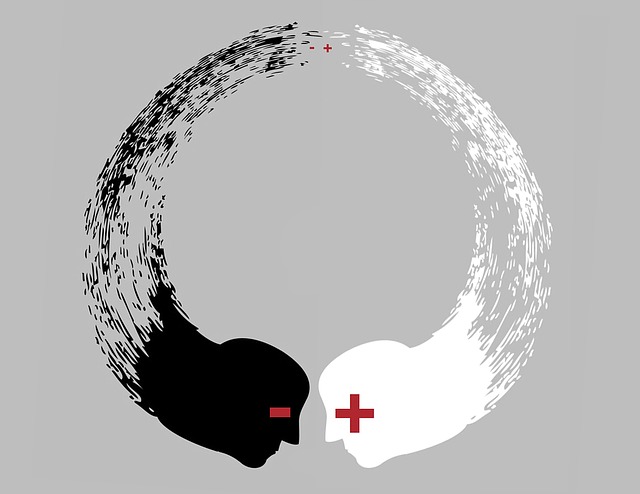Dr. Susan David in her 2017 TEDWomen’s Talk, spoke about the gift and power of emotional courage – the willingness to face our emotions in all their diversity and strength. She stated that research demonstrates that denying or suppressing emotions leads to strengthening emotions and can make people aggressive. Other research shows that such denial or suppression induces unhealthy coping behaviours and contributes to serious mental and physical health problems. Sometimes we suppress emotions because we think that this is what we should do – we take our cues from social norms or established unwritten rules operating in the workplace.
In her book, Emotional Agility, Susan argues that radical acceptance of our emotions, however difficult, is essential to be able to bounce back from setbacks and lead a productive, happy life. Her main premise is that denial of emotions develops personal rigidity – the inability to be flexible and move with the ups and downs of life. She maintains that, on the other hand, radical acceptance of emotions builds resilience and “emotional agility” – the capacity to deal with the complexity of an uncertain and ever-changing world.
Susan warns us about the “tyranny of positive” – the social expectation that we do not express what is viewed as negative emotions – such as anger, frustration, sadness, disappointment or envy. We are expected in many situations “to put on a brave face” and deny how we really feel. She discusses the “destructive power of denial” not only in terms of being injurious to health and well-being but also in disabling us and preventing us from developing effective or creative responses to our situation.
How to overcome rigidity and build emotional agility
In her presentation and book, Susan offers several suggestions that can assist us to develop emotional agility:
- Stop labelling emotions as “good” or bad” – they are just feelings that we experience as a result of our perceptions and are a part of normal, daily living
- Change your mindset to accept that “discomfort is the price of a meaningful life” – a way of living that is designed to make a difference for ourselves and others. This is a part of accepting “what is”.
- Name your feelings but do so accurately and specifically – so instead of saying “I’m stressed” (a generic state), identify the real feeling in all it’s intensity and contours, e.g. “I’m bitterly disappointed because I missed out on that promotion” or “I am continually very resentful that Joe caused me so much work and embarrassment by his words and actions”. We tend to fudge the emotion to take some of the heat and negativity out of it. Accurate description and radical acceptance of our emotions lead to a genuine release and frees us to explore productive ways of thinking and acting. This may entail a progressive realisation of the true nature of our feelings as we reflect or meditate, e.g. by undertaking the R.A.I.N. meditation
- Recall Susan’s statement that “emotions are data, not directives” – we can establish control over our emotions through meditation and by developing self-regulation. The starting point is naming and accepting them.
- Ask yourself, “What is my emotion telling me about my current situation” – e.g. “Is it informing me that my current job is destroying my motivation and/or deskilling me?
Reflection
As we grow in mindfulness, we can become more aware of the true nature of our feelings, name them accurately and accept them as part of trying to live a life aligned with our values and what is meaningful for us. It sometimes takes time to unearth the real nature and intensity of our feelings because we so often disown them. Persistence in our self-exploration and self-compassion opens the way for us to be more emotionally agile and more open to life’s experiences, including the potentially challenging aspects of moving outside our comfort zone.
____________________________________________
Image by Holger Langmaier from Pixabay
By Ron Passfield – Copyright (Creative Commons license, Attribution–Non Commercial–No Derivatives)
Disclosure: If you purchase a product through this site, I may earn a commission which will help to pay for the site, the associated Meetup group and the resources to support the blog.









